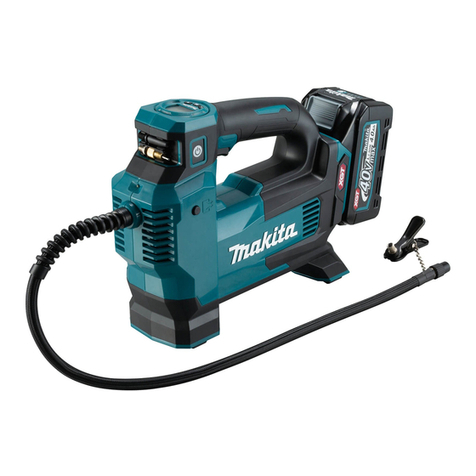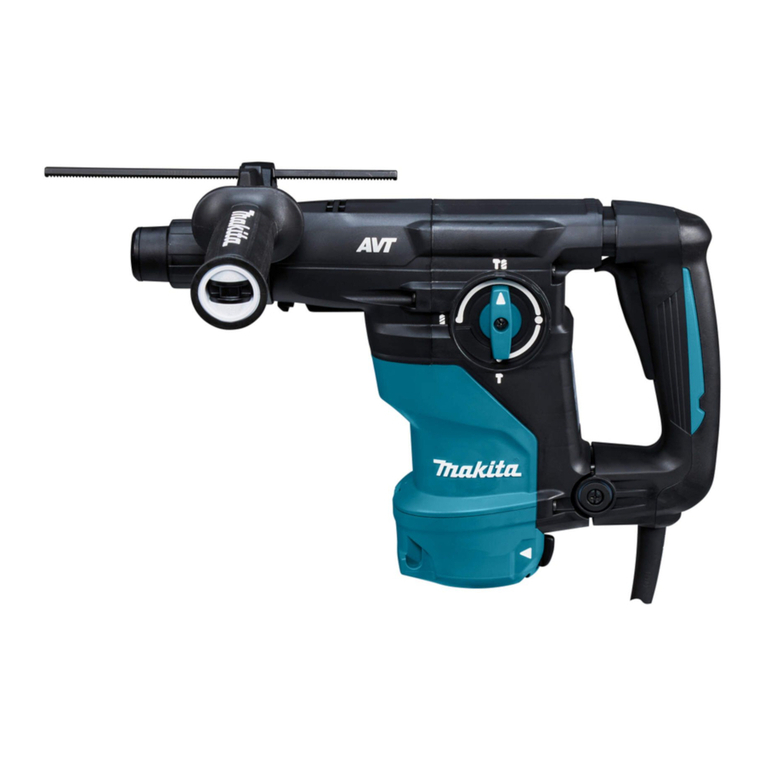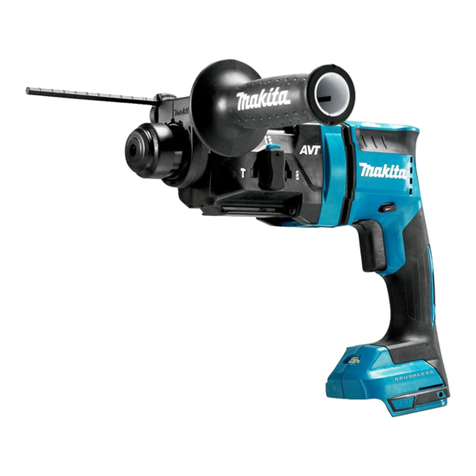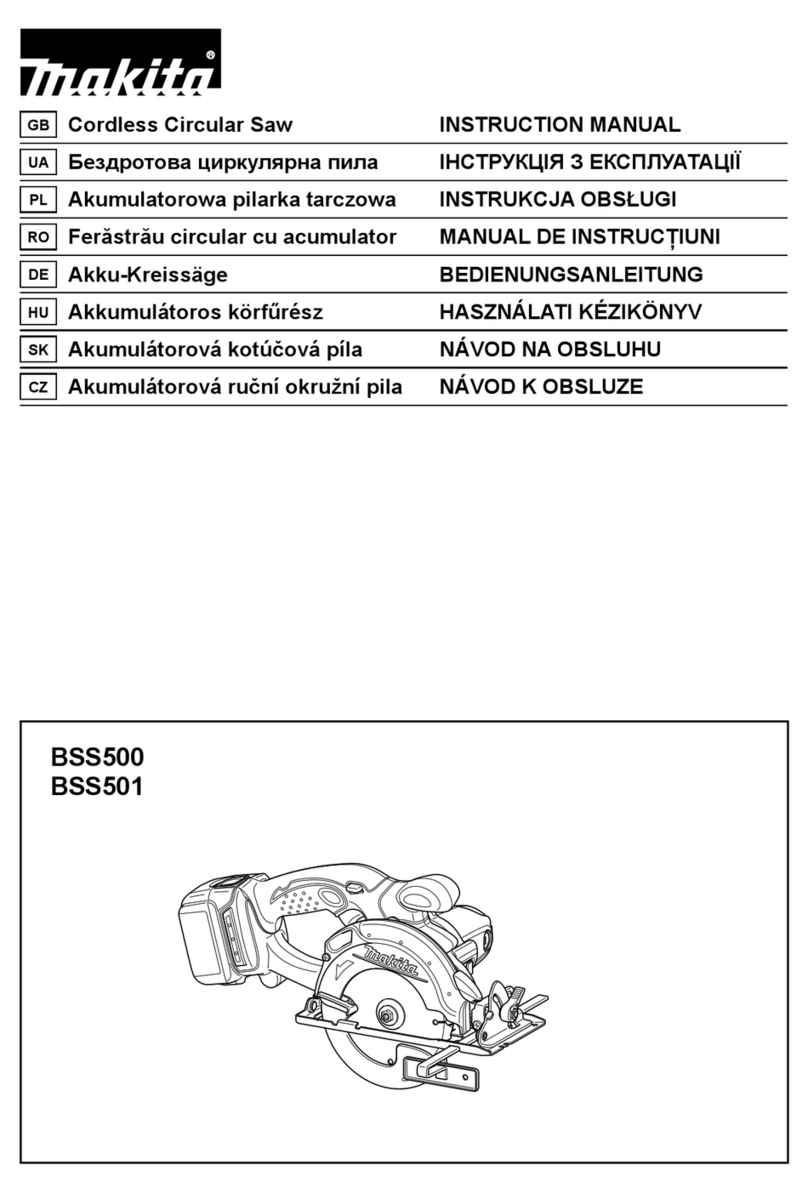Makita KP001GZ User manual
Other Makita Power Tools manuals
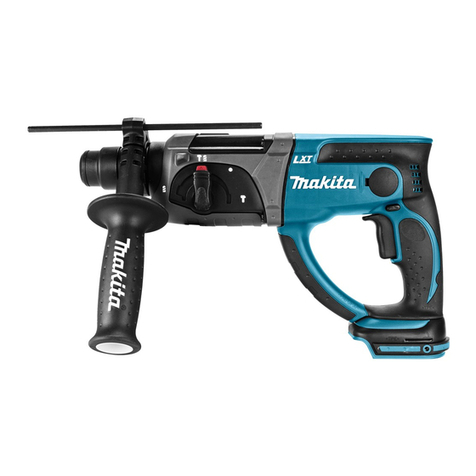
Makita
Makita DHR202 User manual

Makita
Makita 1911BJ User manual
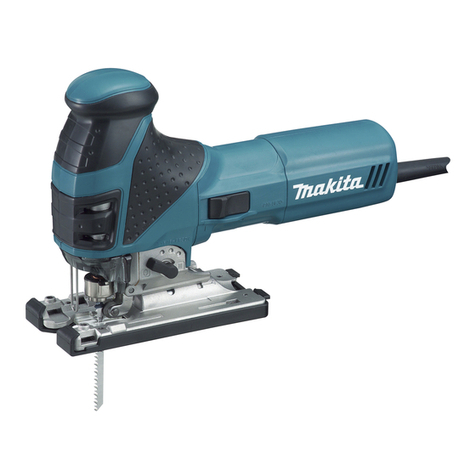
Makita
Makita 4351FCTJ User manual

Makita
Makita HK1810 User manual

Makita
Makita 6922NB User manual
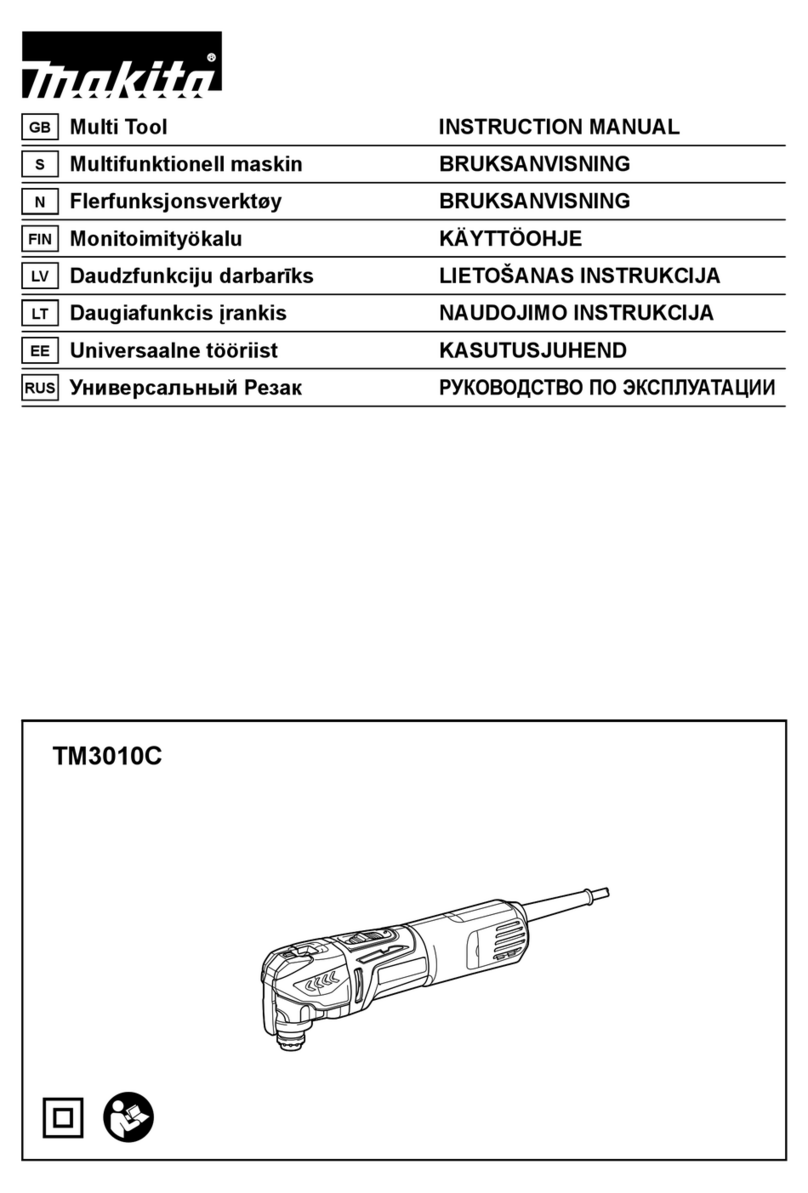
Makita
Makita TM3010C User manual
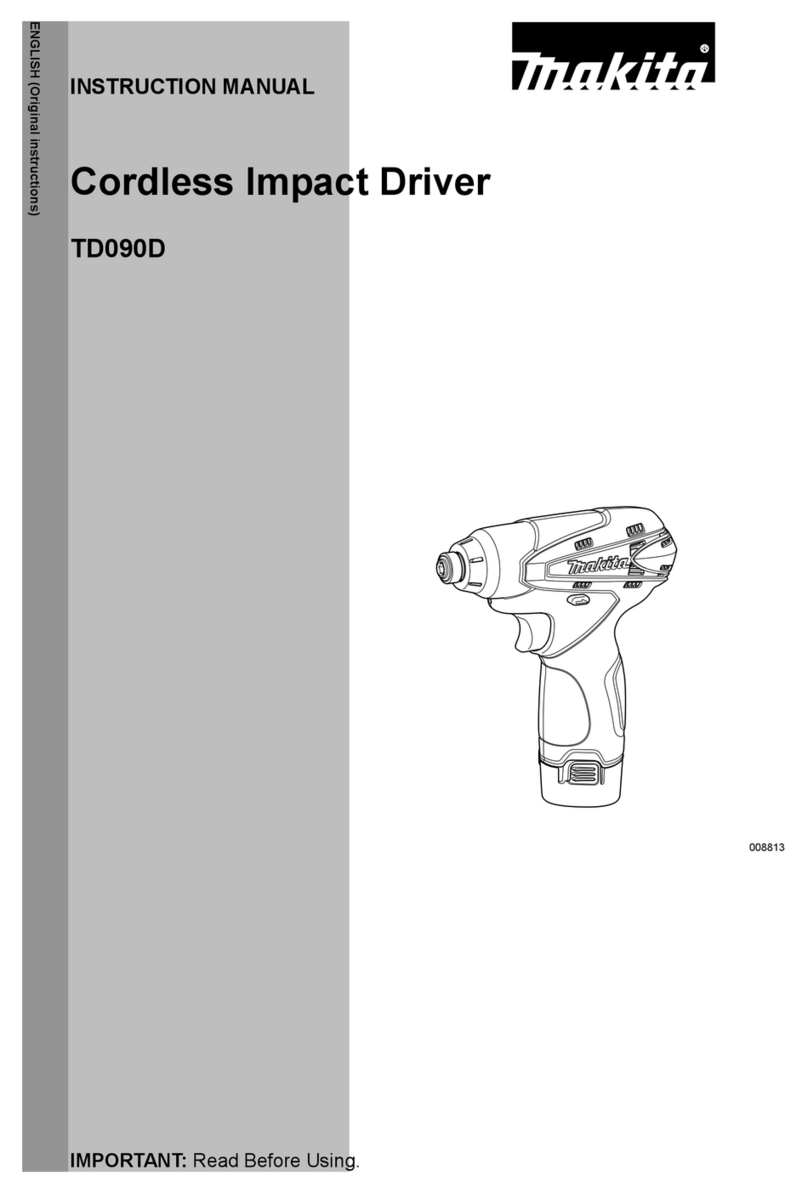
Makita
Makita TD090D User manual
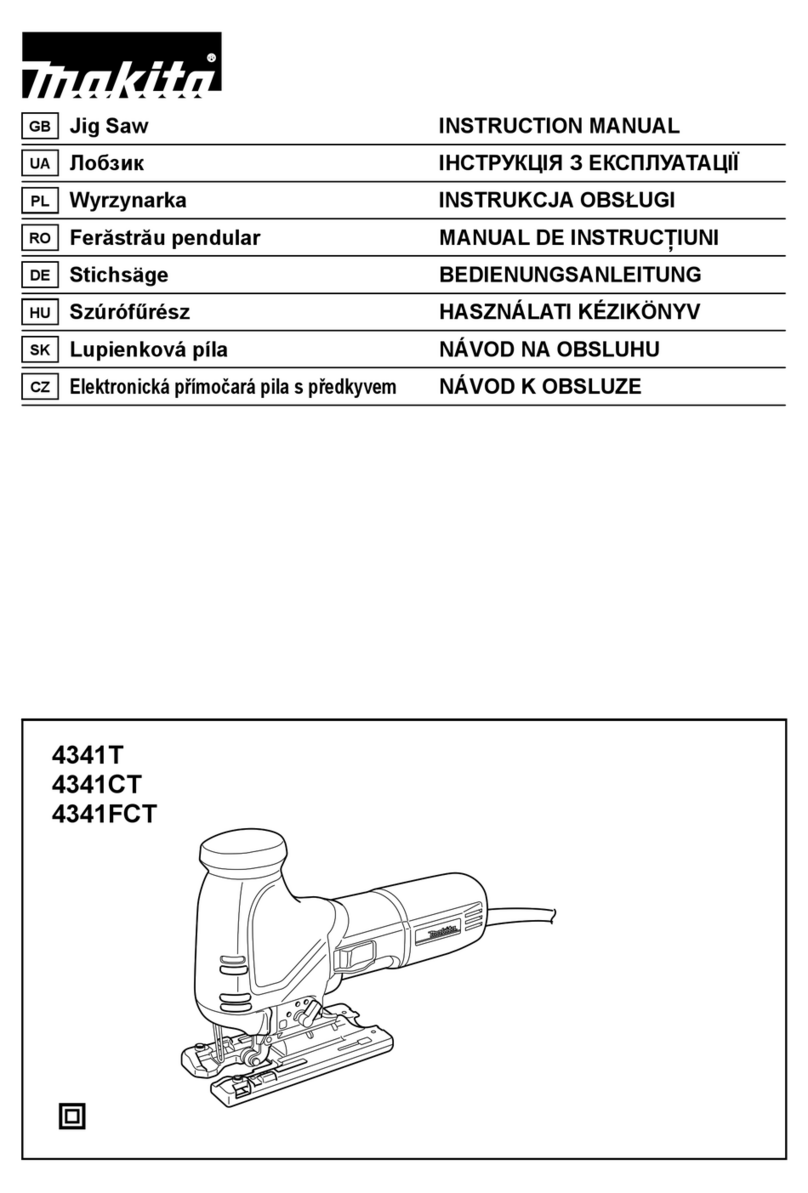
Makita
Makita 4341T User manual
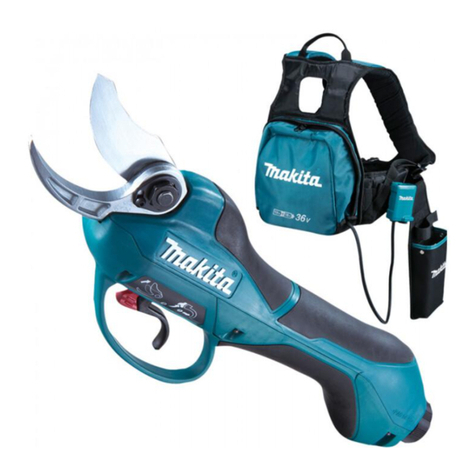
Makita
Makita DUP362Z User manual
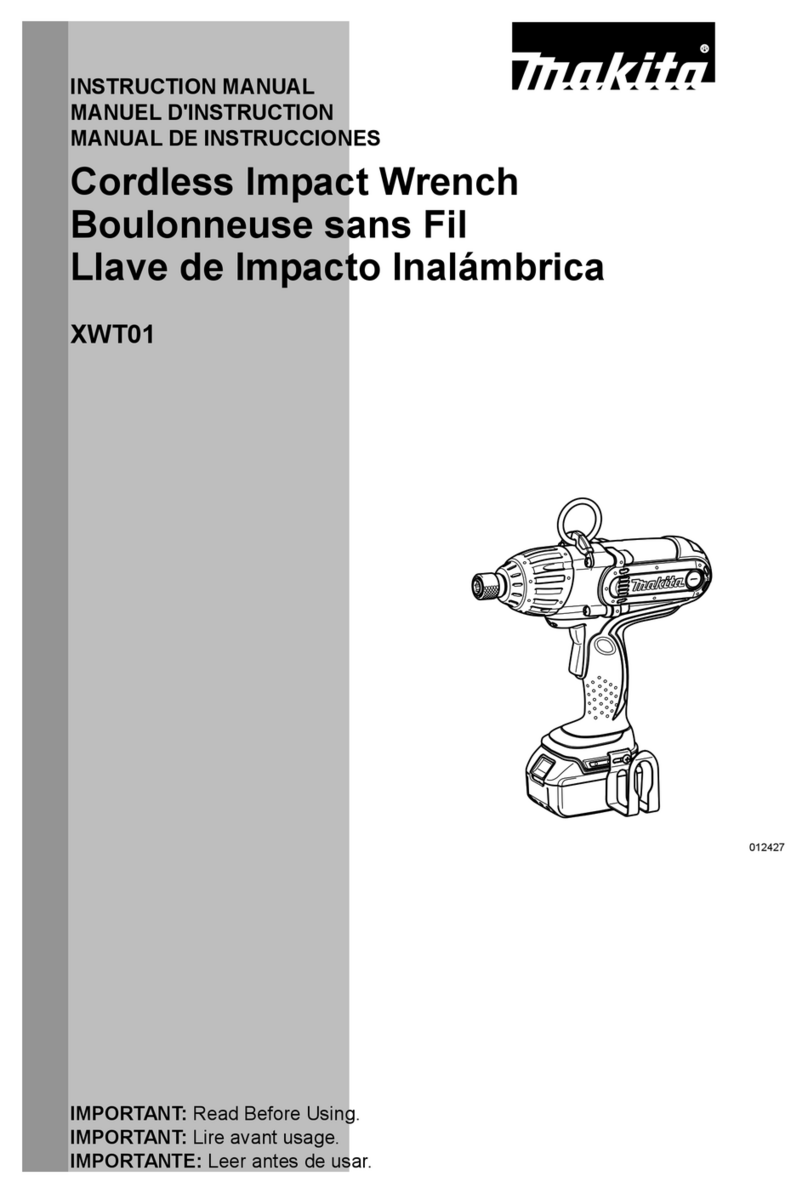
Makita
Makita XWT01 User manual
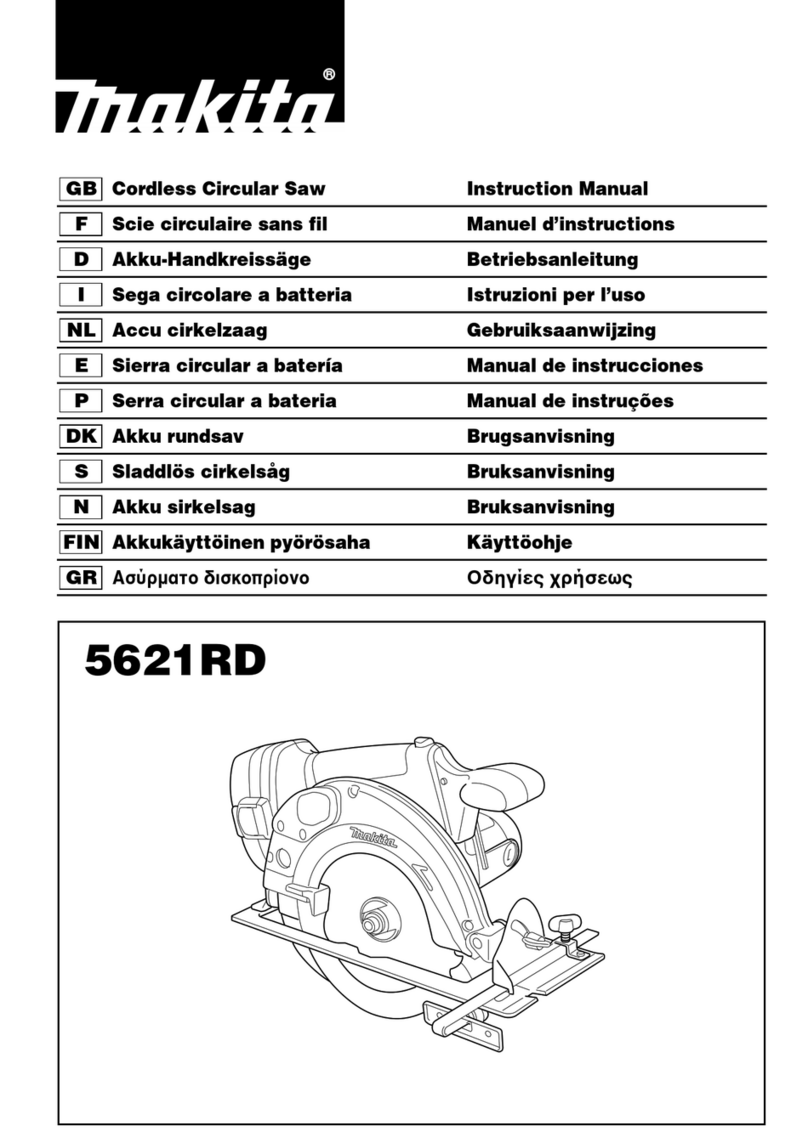
Makita
Makita 5621RD User manual
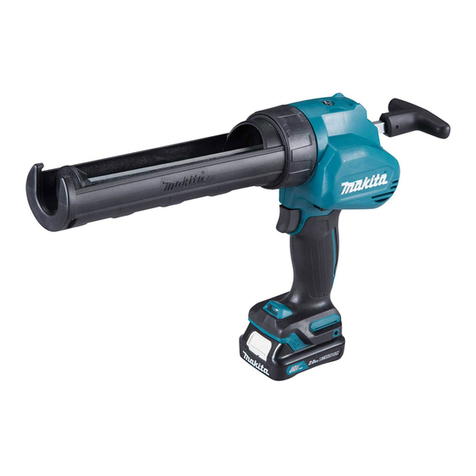
Makita
Makita CG100D User manual
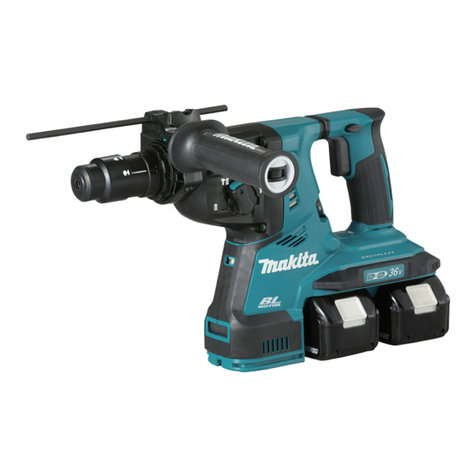
Makita
Makita DHR280 User manual
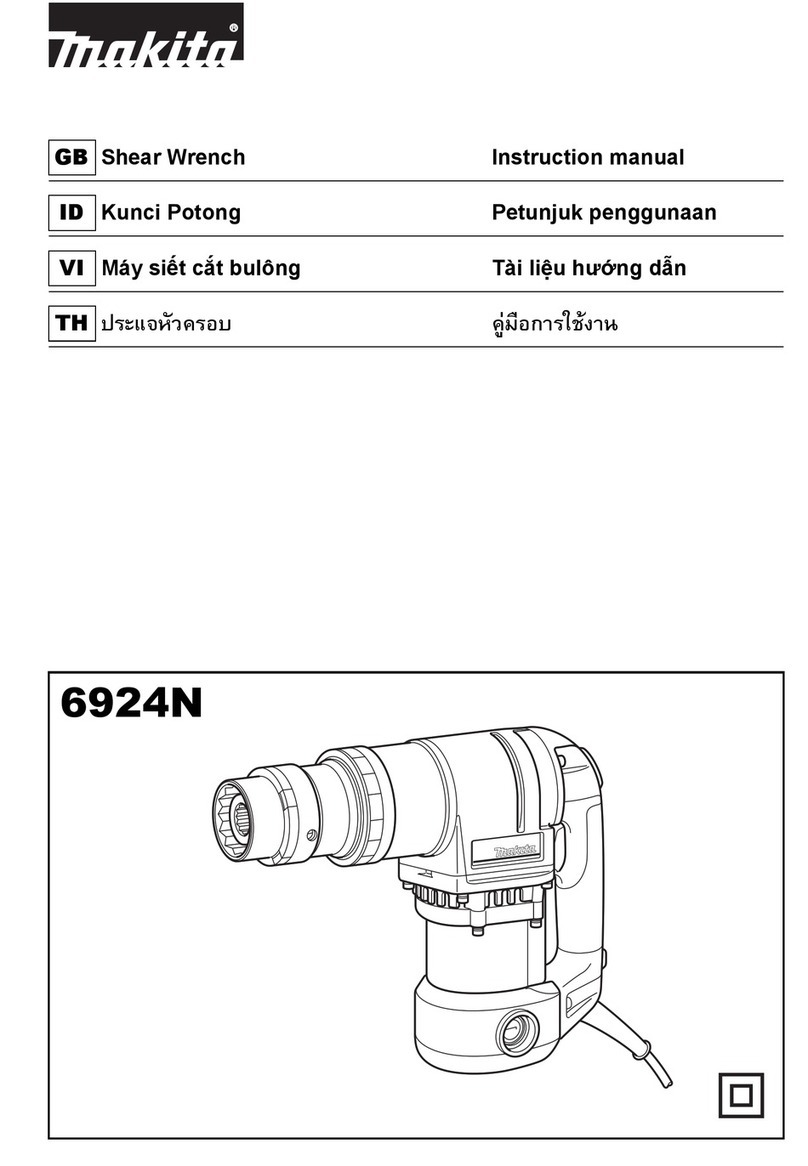
Makita
Makita 6924N User manual

Makita
Makita RP2300FC Manual

Makita
Makita DHS900 User manual
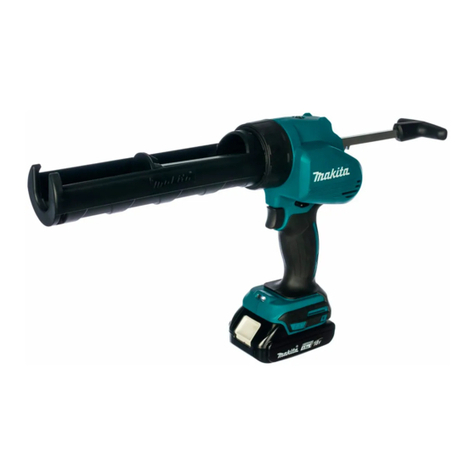
Makita
Makita DCG180RYE User manual
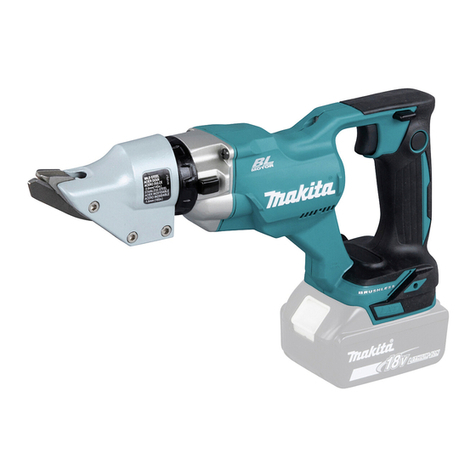
Makita
Makita DJS200 User manual
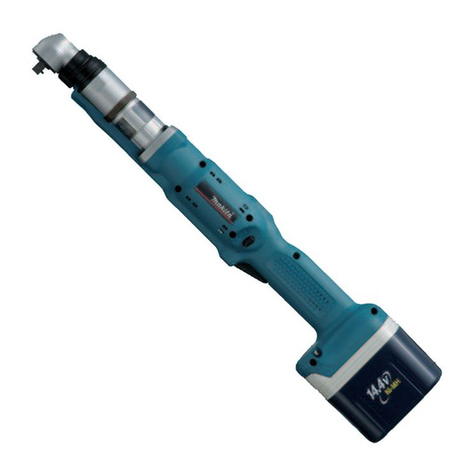
Makita
Makita BFL082F User manual
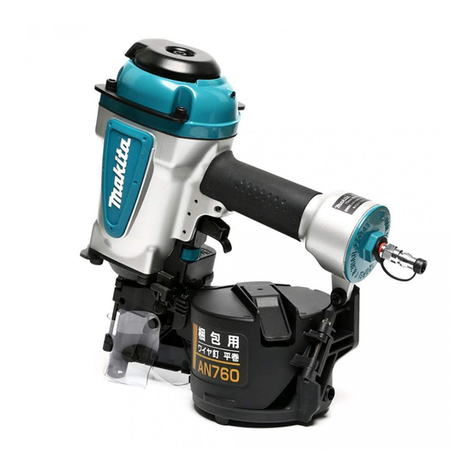
Makita
Makita AN760 User manual
Popular Power Tools manuals by other brands

Senco
Senco DuraSpin ExTPro installation instructions

Ferm
Ferm JSM1020 Original instructions

Milwaukee
Milwaukee M12 FUEL 2559-20 Operator's manual

EINHELL
EINHELL BT-CD 12/2 operating instructions

Evolution
Evolution HDG200 instruction manual

National Flooring Equipment
National Flooring Equipment 7700 Service manual
